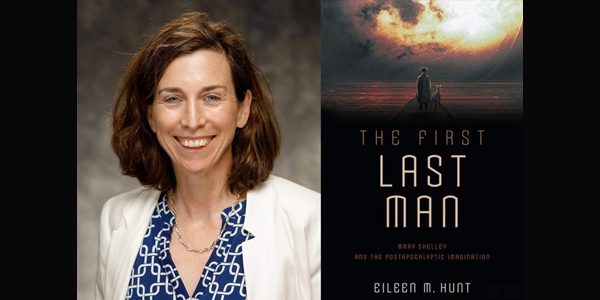Ghost Tracks
As a kid growing up in northern Illinois, I wasn’t the sort who was overly concerned with supernatural phenomena. My imagination ran more along the lines of Casper the Friendly Ghost than The Exorcist or Poltergeist. I was aware of various local Gothic legends. The richly carpeted hallways and stairwells of the Leland Hotel, in downtown Aurora, were supposedly haunted by the ghosts of those souls who had leapt to their unhappy deaths from its top floor. I’d heard that ghosts, strangely attired in bespoke suits, paraded through the Catholic cemetery up the road from our Little League field. These local myths I laughed off. They seemed too obvious, the stuff of B-movies.
We also had the rumors of how the emptied buildings of Elgin State Hospital, which my family drove by with what seemed more than necessary regularity, were haunted by the inconsolable souls of patients who had languished and died there. This was more troubling, but I gradually came to understand that my unease had as much to do with my youthful lack of understanding of mental illness as it did any fear of the paranormal. Imagining what had transpired there among people who were mildly or violently out of control of their own minds was plenty scary in itself. To think of them, after death, lurking in those stark corridors where their lives and wayward minds had been imprisoned was eerily unsettling. Banished in life from the land of the living, it had seemed logical that they would also be exiled from the realm of the peaceful dead.
Read more here.
March 4, 2019



